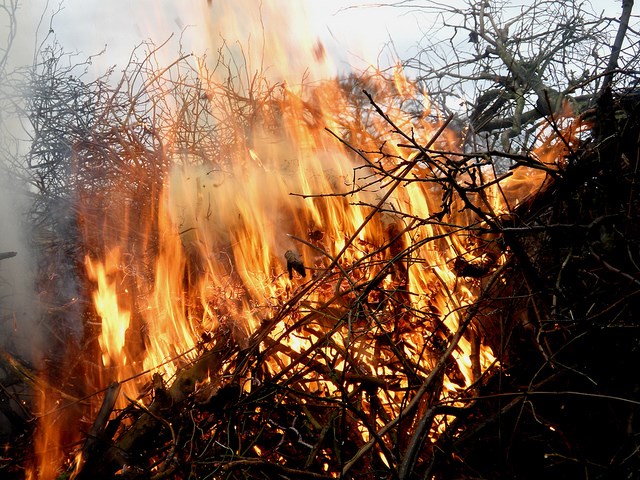Squamish residents are no strangers to wildfires. In late August, a fire burned 13 kilometres east of town and this past week smoke flooded the community once again from B.C.’s interior and Washington State.
As a result, Squamish’s air quality was rated as “high risk” by Environment Canada, a classification that has defined the district’s air quality for several weeks this summer.
UBC’s dean of forestry and professor John Innes said climate change is playing a role in what has been reported to be the worst wildfire season in B.C. history.
However, the relationship between climate change and fire is not simple. Innes said that there are three conditions necessary for wildfires – an abundance of material to burn, favourable dry conditions and, finally, an ignition source.
Climate change is causing conditions to become drier and warmer in Squamish and across B.C. – as a result, Innes said that current models predict wildfire seasons will continue to become longer with more fires, which will burn more intensely.
Because of the three conditions necessary for wildfires, there is a component of randomness that determines the severity of fire seasons, Innes said.
It is difficult to predict what ignition sources will look like in future fire seasons, especially in B.C. where the majority of fires are human-caused, including the one that recently burned near Squamish, Innes said.
Nonetheless, he said the research shows that the probability of increasingly devastating fire seasons is growing due to climate change.
When asked about potential discrepancies between research conducted in Canada and the United States, Innes said that “if you talk to anyone down the coast... we have very similar views on this.”
Along with climate change, part of the reasons we are seeing ever-worsening fire seasons is tied to the way that forest management practices have historically led people to eagerly put out fires, leaving forests that would have burned standing.
Over the years, this has resulted in a large build up of fuels that, coupled with dryer conditions, means that when there is a fire, it will be catastrophic.
Innes told The Chief that so far this season, there have 1,200 wildfires in B.C. – as of Friday, he said 160 of these are still burning and many will continue to burn throughout the winter.
So far, the wildfire service has had a direct cost of $470 million and the province is still spending money, according to Innes.
The indirect costs caused by smoke, loss of trees, evacuation and missed days of work, among other factors, will bring the total cost of this fire season into the billions of dollars, predicted Innes.
Squamish residents are also absorbing some these costs – Colette Morin, owner of Glacier Air, previously told The Chief that the smoke has cost her business thousands of dollars in lost revenue this summer.




